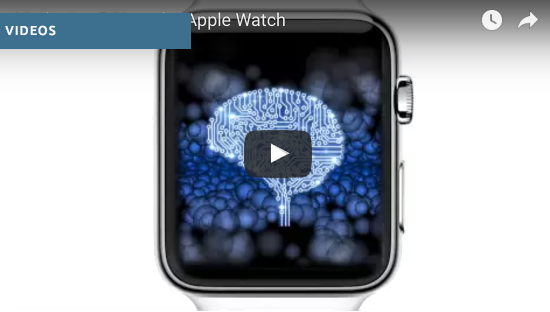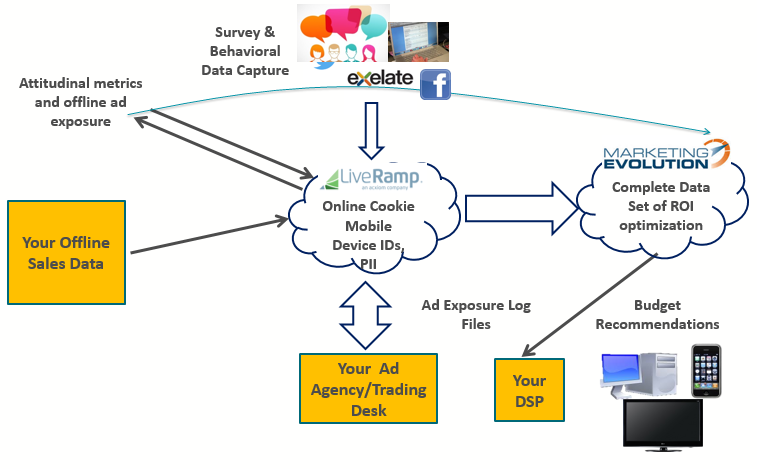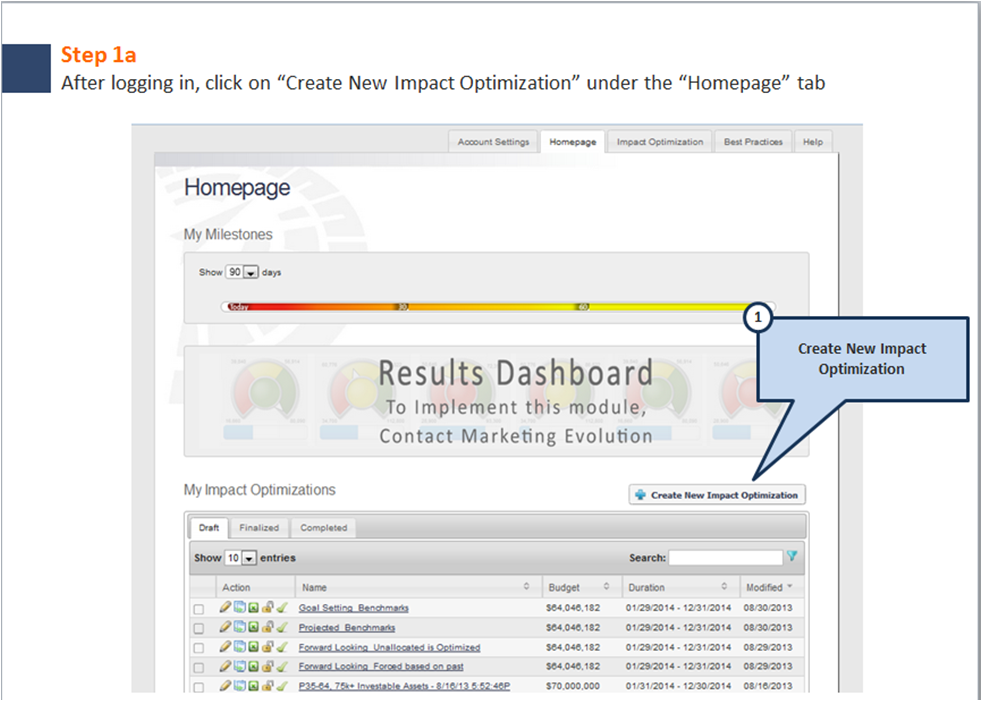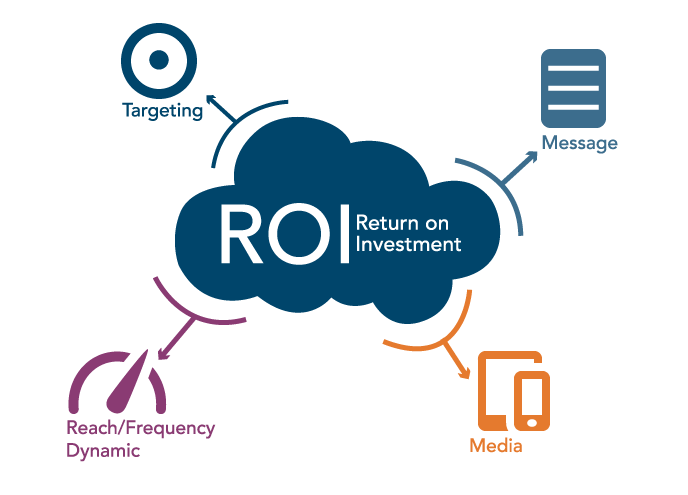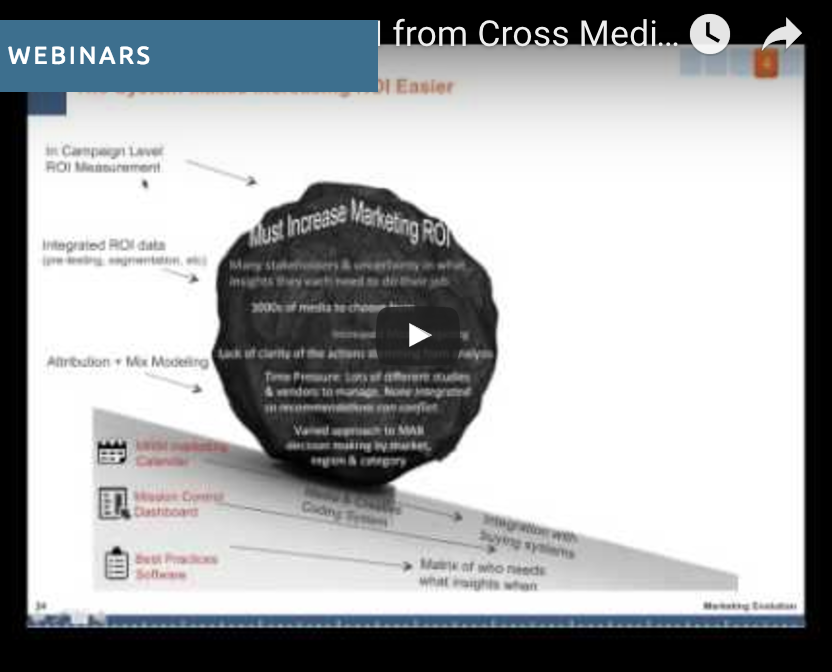Attribution Buyers Guide: The Light at the End of the Tunnel
Learn how Regions Bank Perfected their customer journey

In a world of fragmented media and consumer attention, marketers are increasingly relying on data-driven decision-making to give them a competitive advantage. In fact, there has never been a more exciting time in the field of marketing analytics. Marketing attribution — which marketers refer to as the science of identifying which parts of your marketing are contributing to sales — is making profound changes to business. Marketers now have access to tools that help them understand which marketing channels to allocate their budgets.
The best of these tools answer questions such as the optimal reach and frequency within and between channels, and which messages are best for which audiences. Product advances are allowing even more granular insights in terms of message sequencing, and next-best message decision-making based on different audiences and different stages of their buying processes. Some solutions include external and environmental factors such as weather, traffic patterns and more. What’s more, capabilities of today’s solutions generate insights in such a timely fashion that the nimblest marketers can incorporate those insights into live campaigns to drive massive performance improvements, rather than waiting for weeks or months to see results. These advances explain why YPO, an organization of over 24,000 Presidents and CEOs, named one attribution provider a “Top 10 Global Innovation” alongside other notable innovations, such as the 3D printing of human skin.
There are numerous attribution models to choose from, and while they may have come a long way in recent years, many current measurement approaches have significant shortfalls. Gartner notes that most marketers are in the “Trough of Disillusionment” when it comes to Attribution. Many marketers select the wrong vendor. The Mobile Marketing Association reports that net promoter scores for attribution vendors are an appalling negative twenty-nine. As a result, marketers have found themselves confused about who to trust, how to make decisions, and which way to turn.
Even organizations that have historically been analytics thought leaders find themselves challenged to evolve their companies’ measurement approaches. Inertia from old methods has become a trap for some. On the one hand, marketers know that they have to be masters of data-driven decision making. On the other hand, there are risks in relying on the wrong partner.
In this series, we aim to help marketers tackle these challenges, so that no matter where they are starting, they will have the tools to become market leaders through better marketing ROI and attribution measurement. Our goals are to help attribution change agents better understand the attribution landscape so that they can in turn educate their organizations; provide a framework and criteria for evaluating potential new solutions; and importantly, provide best practices and processes that help align their organizations around a forwardmoving direction.
With each topic, we’ve attempted to provide detailed guidance on “what to ask” vendors with regard to these key capabilities. While there are quite a number of detailed sub-topics, we suggest thinking of these topics in the larger categories of i) speed ii) accuracy iii) connecting branding with performance iv) doing it across all channels and v) independence.
Many Are Frustrated with Attribution Solutions
In this installment of our series, we’ll share a summary of the shortfalls, or opportunities we encountered in our discussions with marketers and other industry experts, and why each matter. Marketers seeking a new marketing ROI attribution platform are advised to evaluate potential vendors on each of these shortfalls / opportunities to ensure they’re choosing their partners optimally.
The diversity of views and feelings we encountered while preparing our report was as far-ranging as the methods themselves. Many marketers we spoke with expressed disappointment, depression and even anger at the solutions that are in use today. Others spoke commandingly about the pace of change and innovation. They demonstrate that marketers can get through what Gartner calls the “Trough of Disillusionment” to the “Slope of Enlightenment.” To be sure, despite the rapid progress and evolution in attribution models in the last decade, most marketers still find their models fail them in important ways.
We believe that savvier marketers will recognize these shortfalls but in them see opportunity to upgrade their current approaches. Savvy marketers will take advantage of the fact that competitors may be using inferior solutions by using better attribution as a rallying cry for their organizations to gain competitive advantage. After all, while eMarketer cites 75% of companies using either nothing at all (28%) or a “touch”-based model (47%) in 2016,2 Forrester cites 72% of marketers surveyed are either using or considering a Unified Measurement solution for the future. Now is the time where the winners and losers will choose their destiny.
The attribution category has experienced massive advances in the past decade, so much so that there are vast differences between the diverse solutions in use today. We are often surprised to find Last Click models still in place in many companies, and that MMM is still prevalent in large marketers. While problems and shortfalls with current solutions are still plentiful, marketers who invest in and upgrade to new solutions – financially and organizationally – have the opportunity to find a competitive advantage from smarter attribution. Marketers who don’t, however, may soon find their businesses losing ground. In categories like retail, it could be the difference between life and death for the enterprise.
Leaders Are Turning to More Comprehensive Solutions
Leading marketers are quickly adopting Unified Measurement / Total Marketing Measurement models – a new category coined by Forrester and Gartner respectively. This measurement combines the attributes of person-level measurement with the ability to measure traditional channels such as TV. Within this category there is significant variance between vendors. Summary Attribution tools are only useful to the extent that they are embraced broadly within a marketer’s organization and by its agency partners. Change agents should carefully think through – and rely on partners – to help them plan and implement new methods. Change agents shouldn’t be deterred by the bumps they may encounter along the way – and there will be some! Ultimately, you will be rewarded handsomely – both for the leadership role you’ll be playing, and the measurable performance gains that you’ll be providing to your company to keep them in the pole position.
If you’re reading this series, you’ve likely recognized some challenges you’ve had at your company with measurement and attribution, and hopefully you’ve learned something new about how to solve those challenges. In our next installment, we’ll be providing a deep dive into the many ways marketers are trying to measure their marketing ROI. We’ll explore the good, the bad, and the ugly of each based on our conversations with marketers who are using each. We’re at an amazing point in attribution history, and there’s a light at the end of the tunnel for those that seek the slope of enlightenment.




